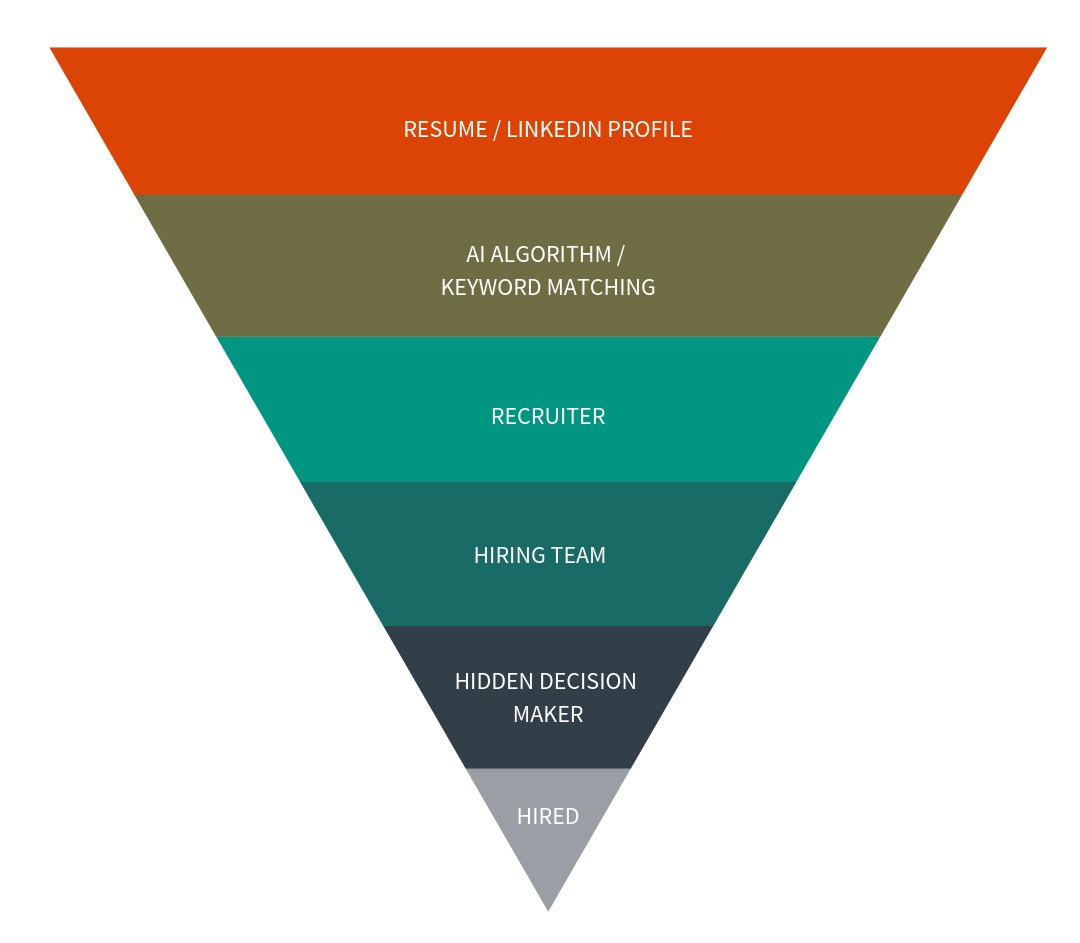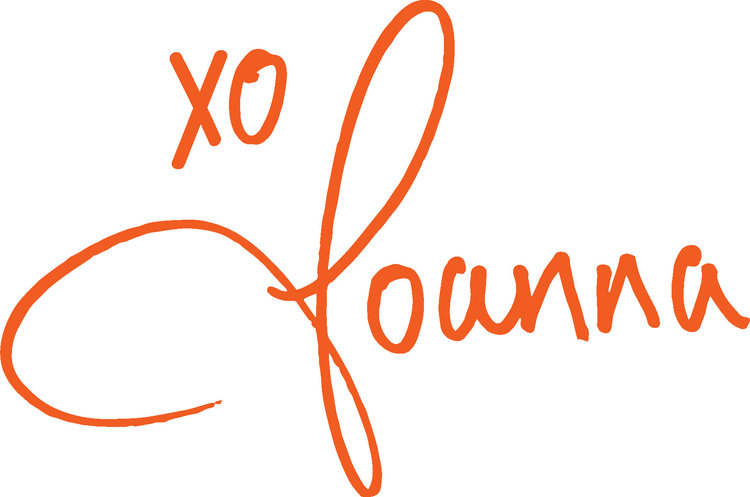I’ll start by sharing some of the overwhelming mathematics in the human talent arena.
• There were 17 Billion resumes submitted in the United States in 2017
• The average job listing receives 250 applicants
• LinkedIn has 150M US users
I’m keeping these numbers to the US because they’re readily available, but the patterns apply globally. If you’re looking for a job, passively or actively, you’re in the middle of this maelstrom.
And so are the recruiters and hiring managers who are desperately sifting through all this information, trying to find just the right person for the job.
WELCOME TO THE WORLD OF BOTS AND AI! THEY SCAN USING KEYWORDS AND SENTENCE COMBINATIONS. THEY’RE DESIGNED TO SEE IF YOU ARE ONE OF THE SELECT FEW THAT MEET THE CRITERIA ON THE JOB DESCRIPTION.
They also look at your resume or LinkedIn profile as sheer data sets.
As a ladyboss of a hiring company, I get the appeal of tools that wade through the mountains of information out there. Recruiting is hard and expensive, and the organization always needs it to be fast and efficient.
Here’s where my forehead starts to crinkle a little. The awesome non-data like humans like you on the other side of this equation, those people you want to hire? They don’t have bots, AI, and machine learning to help optimize them.
For the third time in a matter of a week, I’ve seen an article about tips and tricks to optimize your resume for bots and AI. Here’s one of them. What these articles are saying over and over is:
Make sure your initial submission doesn’t bump you out of the consideration set.

What this means is that if the data set about you doesn’t match the criteria on the job description 100%, it’s doubtful you’ll get to speak with a recruiter.
Fortunately, the hiring prospects for people who don’t match the data criteria aren’t completely doomed. But if you’re one of these people, you need a more creative strategy than “apply for the job and cross your fingers.” You “the product” in this purchasing process needs a plan to get in the consideration set regardless of the keywords on your resume.
And that plan should start with your network.
BECAUSE IN THE END, IT’S PEOPLE WHO HIRE, NOT MACHINES.
I’ve got a whole lot more to say on this topic. So stay tuned—I’ll be expanding on the “human talent funnel” in future articles.
PS. Are you a recruiter? If you are and would like to do an interview with me on this topic, I’d love to hear from you. Just drop me a line.
PPS. I shared this idea with some brilliant people last week, and they introduced meto JobScan. It’s an interesting-sounding tool that helps people optimize their resumes and LinkedIn profiles for a job. I’d love to hear from someone who gave it a try.




